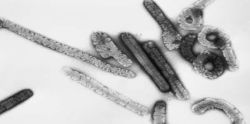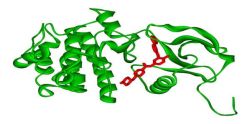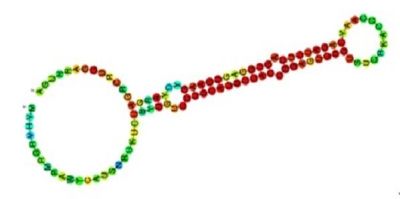The European Hantavirus diagnostics market is growing at a compound annual growth rate of 5.8 percent. It has outperformed the US market which registered a growth rate of 3.7 percent.
There is a high prevalence of Hantavirus in Russia, Scandinavia, Finland and Belgium but the US market has higher mortality rates of nearly 50 percent associated with the disease despite the fact that only about 40 cases are reported each year.
.
According to new analysis from Frost & Sullivan, the Hantavirus testing market in Europe and the U.S. were worth $5.5 million and $0.023 million respectively in 2013. It is being estimated that these figures would reach to $7.3 million and $0.028 million by 2018.
Frost & Sullivan also reports that the Hantavirus diagnostics is a niche market with competitors such as Immunospec and FocusDx enjoying an advantage in the US because they have an established customer base. Research Analyst Aishwarya Vivekanadan.considers this to be an entry barrier for new participants.
The Hantavirus infections can be quite severe and that is why there is an urgent need for rapid diagnostic tests. However, there is still an unmet need in this segment with respect to the availability of diagnostic tools that can be easily used in field conditions. The current available tests can take from hours to days to detect the virus because there is a lack of sensitivity to the various strains of the disease. That is why there is a need for tests that are not only efficient but are able to identify the different strains of the virus so as to ensure a better cure for it.
Faster and more sensitive diagnostic tests can play a critical role in reducing the mortality rate associated with the virus. Scientists have launched a new method based on a highly dispersed immunoelectrode prototype amperometric immunosensor. This model has been employed successfully in field conditions for testing rodent sera.
Diagnostic companies have been trying to develop faster, sensitive and more accurate tests. Their research and development initiatives can hopefully lead to the discovery of new ecological paradigms regarding the virus and can help improve the understanding of the nature of episodic zoonotic epidemics such as those caused by Ebola virus, SARS CoV, Nipah virus, Machupo virus, and hantaviruses.
Source: Frost & Sullivan
Image Credit: Wikimedia Commons























